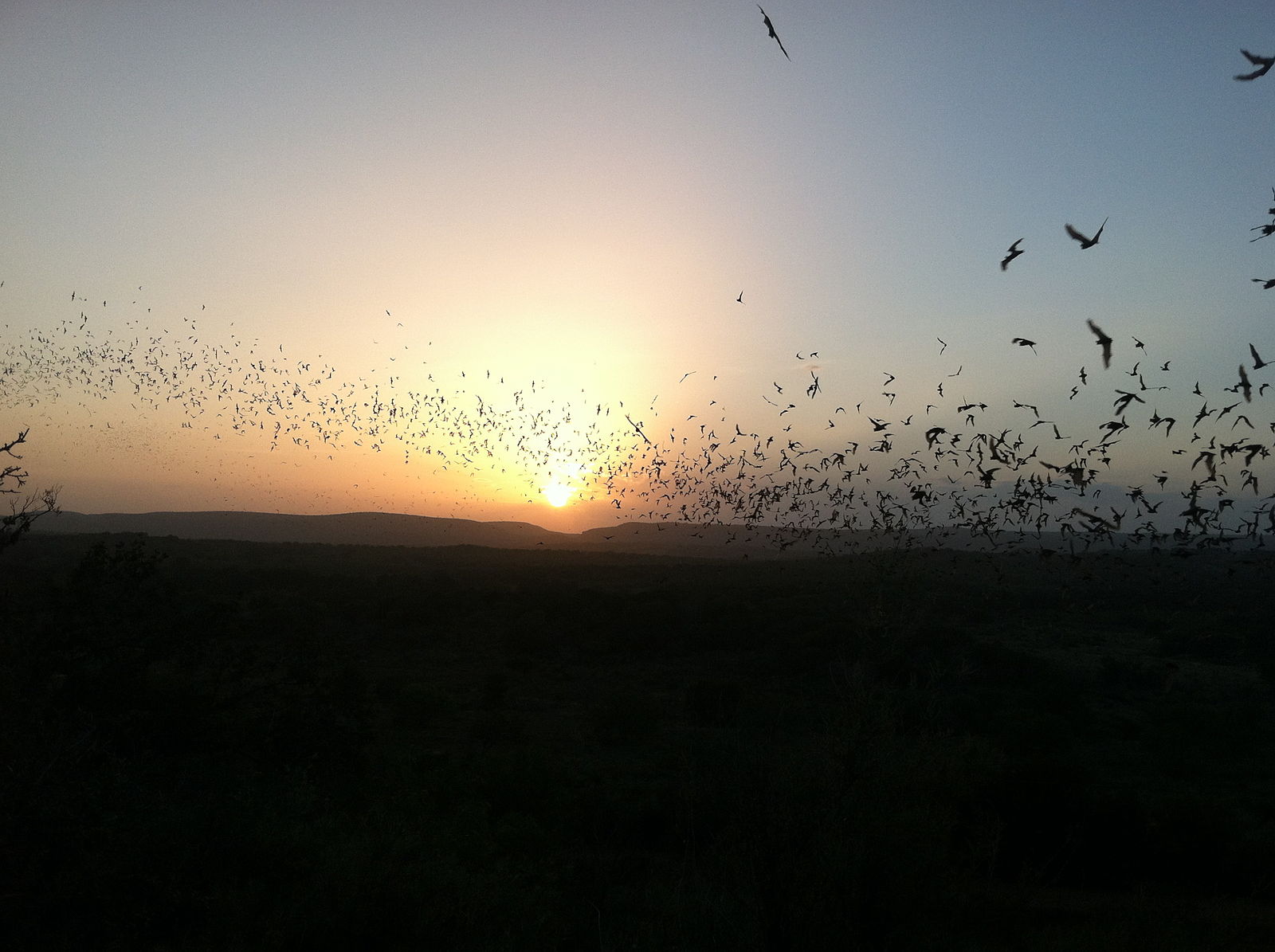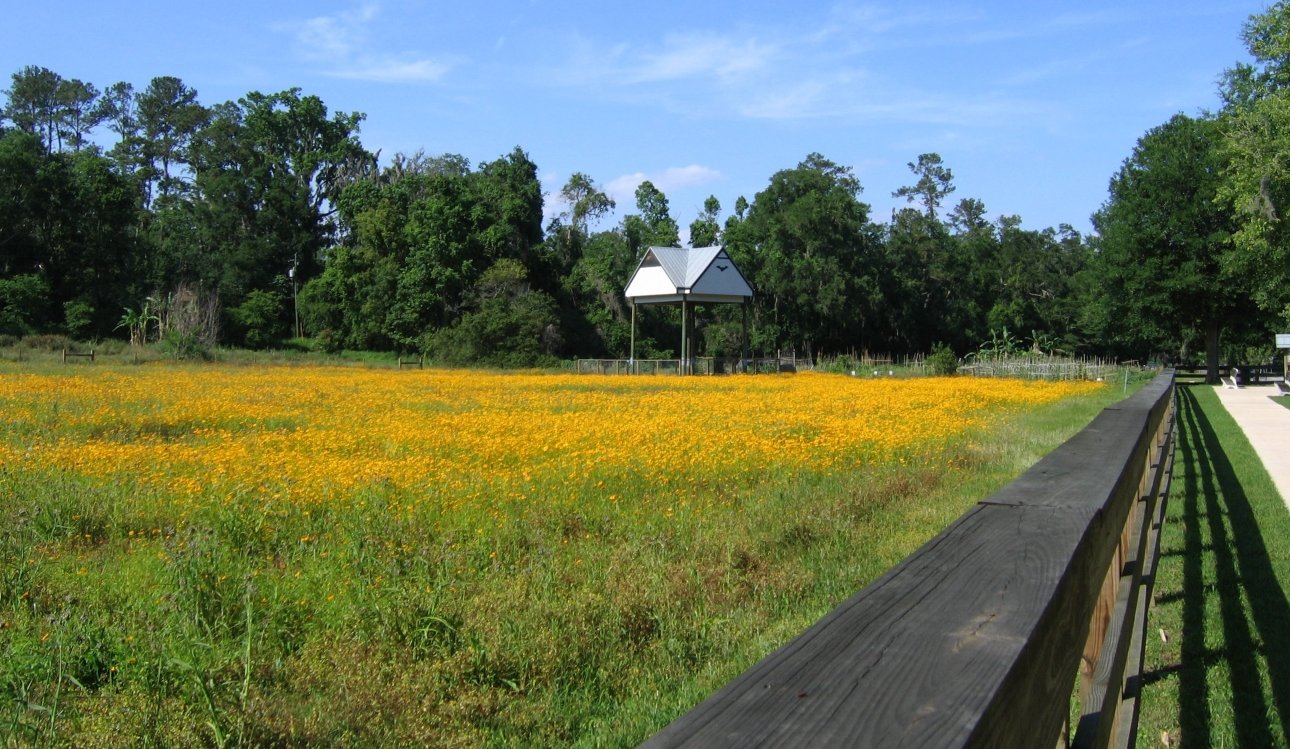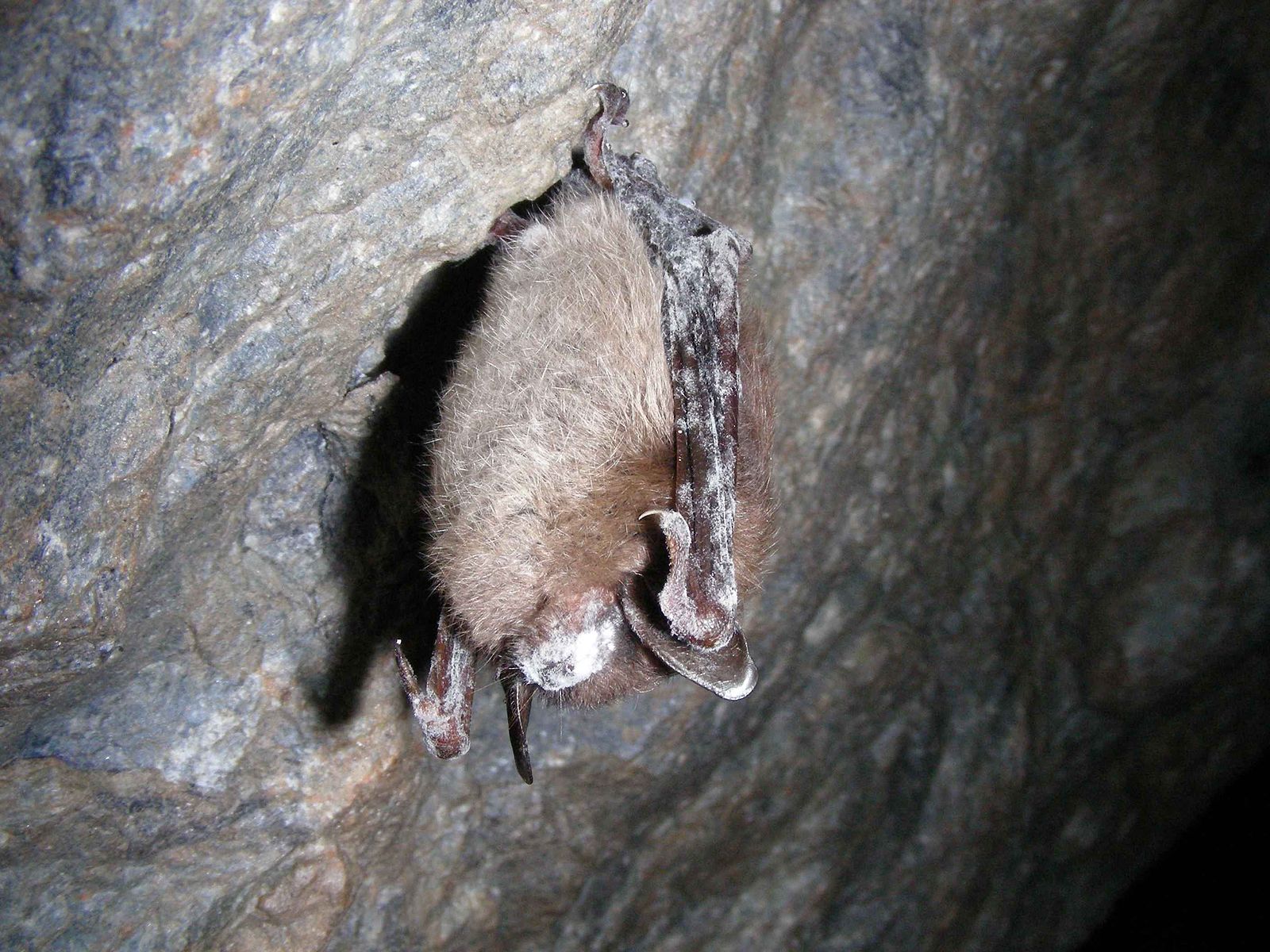Much like honey bees, bats are an anonymous, and widely misunderstood contributor to the success of the ecosystems in which they live. It is often said that bats are dangerous, they spread disease, or they are pests; however, they generally avoid human contact, which translates to a minimal chance for exposure to any diseases that might be carried. Contrary to popular opinion, rabid bats are rare. Pesky bats that may have taken up residence in the attic can easily be scared away by playing a loud radio for a few days, because the sound confuses them and they leave.

What bats actually do is play a major role in pest control and pollination around the world. They take credit for saving the U.S. $3.7 billion per year in pesticides and reduced crop damage. Pregnant and nursing mother bats can eat their body weight in insects every night. Mexican free-tail bats love to feast on a particularly damaging pest, the corn earworm, also known as the cotton bollworm, and the tomato fruitworm. The corn earworm attacks crops from cabbage to sweet potatoes and costs the U.S. approximately $1 billion per year.
Bats are also critical pollinators from North American deserts to tropical rain forests. The rainforests are devastated every year for logging and use in agriculture. Birds and other animals help spread seeds when they eat fruits, but they are wary of predators and tend to stick to their comfort zones; only dropping seeds beneath their nests. Bats, on the other hand, have no problem crossing vast open fields, which were once lush rainforests, under the cloak of darkness; defecating seeds as they fly through the night air. They can almost single handedly replant rainforests, by spreading the seeds of tough pioneer plants that can withstand the dry and hot conditions of the clearings, and provide shelter for more vulnerable plants to grow.

The rainforests, deserts, forests, crops, and food that we eat every day are in danger because bats are in danger. Due to factors such as habitat destruction, climate change, and pesticides, like so many other animals that play vital roles in our ecosystems, bat populations are dwindling. Some breeds have even been added to the endangered species list. Bats are small enough that even small doses of pesticides take a toll on their biological systems. Pesticides also make it difficult for them to find healthy food to eat. Climate change and global warming can cause them to emerge from hibernation early, when food is not yet available. Habitat destruction is a threat to all animals and bats are no exception. They seek shelter under loose bark, or dead or dying trees. When trees are cut down, bats and their young lose their homes.

Bat species also face a very specific threat to their existence called White Nose Syndrome or Pseudogymnoascus destructans. WNS is a fungus that thrives in cool, damp temperatures and grows on the wings and muzzle of bats. It first appeared in the U.S. in 2006. It was spread from Europe, whose bats are not as widely affected by the fungus. WNS was most likely spread to the U.S. by a caver visiting a show cave in New York. Since it’s introduction to the U.S., White Nose Syndrome has claimed the lives of over 5,500,000 bats.
It is imperative, if not for the sake of the bat, for the sake of our own existence, that we prevent further destruction of the species. Bats are not just eerie shadows fluttering against the night sky, or the source of ancient folklore passed down through generations. They are vital contributors to major ecosystems around the world. Their success as a species is the key to our own success.
Find out more about bats and how you can help protect them at the following links:
https://www.whitenosesyndrome.org/sites/default/files/resource/national_wns_revise_final_6.25.12.pdf
